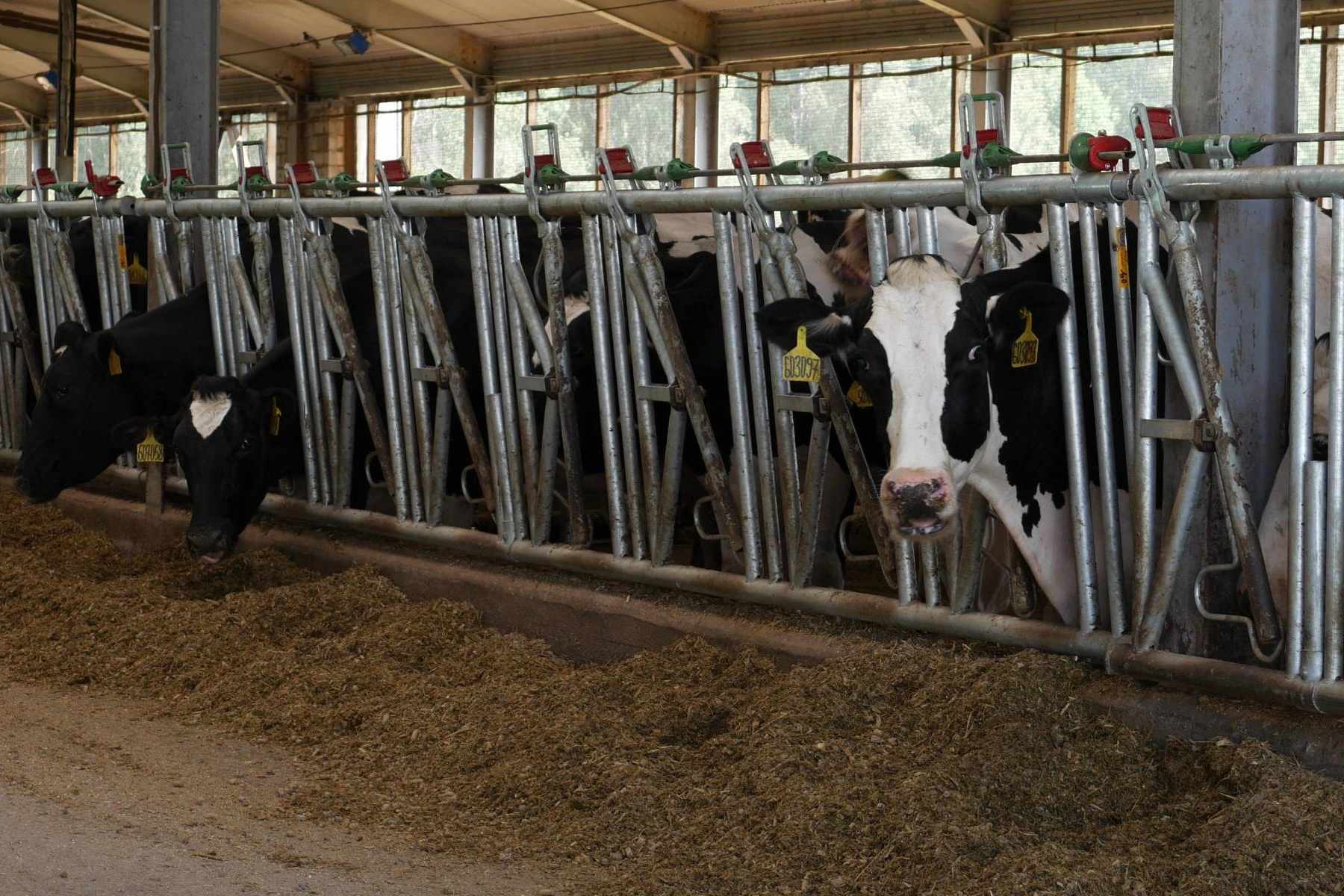Why does the farm need a Digital Twin?

Modern problems require modern solutions. There is already a shortage of agricultural products, and in 30 years, according to UN forecasts, the world's population will double. In order to feed all people in 30 years, it is necessary to increase agricultural production by 70%.
It is impossible to solve the problem by increasing resources: the amount of land for pastures will remain the same, and the amount of water will completely decrease. It is also highly undesirable to increase the world cattle population, as this will increase greenhouse gas emissions, which we wrote about earlier.
Therefore, the entire agricultural sector and dairy complexes, in particular, are faced with the task of ensuring maximum efficiency, that is, producing the maximum possible amount of products with the available resources.
In order to predict the required volumes of milk production and to achieve an increase in milk yield on an individual farm, it is necessary to identify factors that will allow the farm to work more efficiently:
- Temperature and humidity conditions;
- Amount of feed and feeding intervals;
- Milking intervals;
- Veterinary procedures;
- Staff actions;
- Clearing hooves, etc.
Offers on the market: herd management systems, cooling systems, milking parlors, feed mixers, feed dispensers, etc. solve another problem - automate processes.
Undoubtedly, the use of automation systems simplifies production processes and reduces the number of personnel errors, but it does not answer the question "How to change processes to produce more milk?"
At their core, automation systems collect data, but do not analyze it and do not identify growth factors:
1) Responsible for one action in the production cycle (milking, feeding), but do not associate it with the overall performance. As a result, the personnel have to independently analyze the data and select the work scenario.
2) Do not make it possible to quickly monitor the health of animals (sick animals bring less milk and increase the cost of veterinary medicine), nutrition and conditions of detention (for a quick response to cold / heat and notifying staff about risks and necessary actions)
3) Not compatible with each other. The situation is aggravated in large agricultural holdings, when each farm uses its own systems that are incompatible with each other. This complicates the exchange of experience and the acquisition of summary data for the entire production.
Thus, the data collected by automation systems needs additional processing. Modern digital technologies cope with this task: Internet of Things, Artificial Intelligence and Big Data. The use of digital technologies makes it possible to present the farm processes in a single form and establish the relationship between an individual process and the result.
Dairy Production Analytics' digital twin of dairy production combines data from existing farm automation systems (compatible with all existing solutions on the market), allowing the farm owner or manager to influence the end result of the farm's operations - milk yield.
DPA also provides out-of-the-box process guidance For example, if the milking time or temperature in the barn deviates from the optimal, the system will send a notification to the responsible employee, and then to the manager.
The results of the implementation of the DPA service indicate an increase in milk yield by 18%, a decrease in the level of diseases of the digestive system, and a decrease in greenhouse gas emissions.
We are open to cooperation with farms that want to improve the efficiency of their activities and want to use modern digital technologies.
Ci sono domande?
Contattate i nostri esperti per saperne di più
